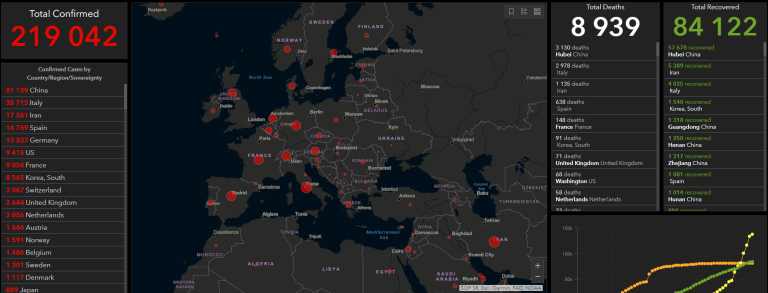NASA published a report about UFOs. What’s in it?

The American comic agency NASA published its long-awaited UFO report on Thursday. In it, scientists seriously answer questions about extraterrestrial life and say how UFOs should be investigated based on facts and evidence.
On Thursday around 3:30 p.m. NASA published the long-awaited report on UFOs. The Unidentified Anomalous Phenomena Independent Study document is intended to scientifically answer questions about the existence of extraterrestrial life. It was prepared by a panel of 16 independent scientists and experts, who announced preliminary results in May 2023.
Following the publication of the full report, the authors participated in a press conference with NASA Administrator Bill Nelson and media representatives. NASA announced there, among others: new position of director of research on UAP (Unidentified Anomalous Phenomena – a term used by the agency instead of UFOs). Nelson also admitted that he personally believes that there is other life in the vastness of galaxies and stars in space.
NASA releases UFO report – it’s not about aliens
A summary at the beginning of the report says the document “presents a unique opportunity for science” but also adheres to a “strict evidence-based approach” to avoid the stigma often associated with UFO reports. However, scientists also want to reduce social stigma against people reporting unexplained cases, which often include renowned civilian and military pilots. This is to help collect reliable data.
NASA also clearly emphasizes that “there is no reason to conclude” that the cases of UFOs (i.e. unidentified flying objects) observed so far are evidence of the existence of alien beings. However, this does not mean that the existence of extraterrestrial life can be ruled out beyond any doubt. Scientists remind us that the galaxy “does not end at the border of the Solar System.”
One of the many missions of the American comic agency is to answer the question whether we are alone in space. However, NASA missions focus on the search for the so-called biosignatures, i.e. markers that can inform about the presence of life on a given planet – in the past or present. Mentioned here is the surface of Mars or the icy moons orbiting Jupiter and Saturn. “The search for the remains of alien technology is a natural extension of this type of investigation,” we read in the report.
While we haven’t found any biosignatures or alien technology yet, scientists believe the presence of both is “at least likely.” Especially considering the overwhelming size of space.
How to investigate UFOs? Elon Musk’s Starlinks and AI will help
Interestingly, NASA is also focusing on the future of UFO research and the role that the “commercial remote sensing industry”, i.e. satellite constellations created by private companies, may play in it. The report does not mention the terms SpaceX, Starlink or Elon Musk’s name, but the authors seem to have high hopes for the development of these systems. “The panel believes that these types of commercial constellations can offer a powerful complement to UFO detection, data collection and research systems.”
The next foundation of research is to be artificial intelligence. More and more advanced AI systems are expected to be invaluable in detecting and verifying collected data. Machine learning is intended to help, among others: in “detecting unusual cases, potentially involving UFOs, in large data sets.”
The third pillar of the scientific investigation of unidentified flying objects… is all of us. According to NASA, the increasingly popular methods of the so-called crowdsourcing is to help collect the best possible materials about UFOs. Scientists are even talking about developing special, open-source mobile applications. Using them, ordinary people could report unusual phenomena in an organized way and directly to scientists. As we read in the document, the authors even recommend that NASA itself launches an initiative to develop this type of application.






